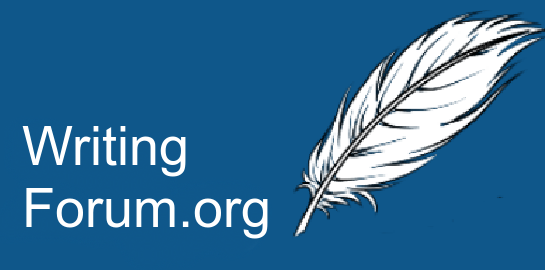You may have spoken too soon!I love this discussion!
I don't argue with many of the points raised above. Any story with a beginning, middle and end should be written with a beginning, middle and end in whichever order fits the purpose. Not all stories necessarily follow that trajectory, or may do so in more oblique terms. I've seen it argued that such essentials serve to define what is a story and, by deduction, not all prose is a story. That's ok too. It can still be compelling and that's what makes writing worth reading.
Whatever way you organise it, your written piece starts somewhere and ends somewhere with other stuff in between that either lends it coherence or gives the incoherence meaning or meaningful absence of meaning. While it's been said that the idea of "character arc", "precipitating incident", "conflict" and "resolution" aren't prescriptive, they still conjure even visuals that can be hard to escape.
Of all the elements of writing in things that I read, plot is of least interest, unless it's so painfully awful that it ruins the other elements. "Resolution" is a word that catches in my throat wherever it's used, including storytelling. Character arc is another, almost like a character might undergo change in the same way that physics determines the flight of a ball.
What was the question again? Story structure with elements as posited may reach a larger audience but that shouldn't inhibit people from just writing the story as they imagine it, as they believe it should be written. I'm of the view that good writing asks more questions than it answers, in any case.
